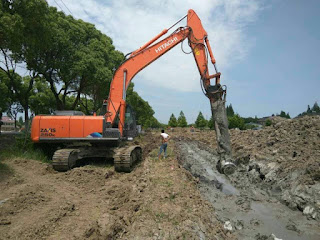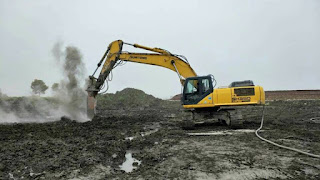What is soil remediation

Contaminated soil remediation refers to physically, chemically and biologically transfer, absorb, degrade and transform pollutants in soil, which concentration can be reduced to acceptable levels, or turn toxic and harmful pollutants into harmless substances. Fundamentally, the technical principles for contaminated soil remediation may include: 1.Change the existing form or the mode of combining with the soil of pollutants in soil, reduce the mobility and bioavailability in the environment. 2.Reduce the concentration of harmful substances in the soil. The United States invested nearly $100 billion in contaminated soil restoration in 1990s. The theory and technology of contaminated soil remediation have become the frontiers of environmental science and technology research. The process of soil restoration is quite long, the need to solve the problem of soil pollution, it needs scientists of different disciplines, such as soil science, agronomy, ecology, biogeochemistry, marine scien


